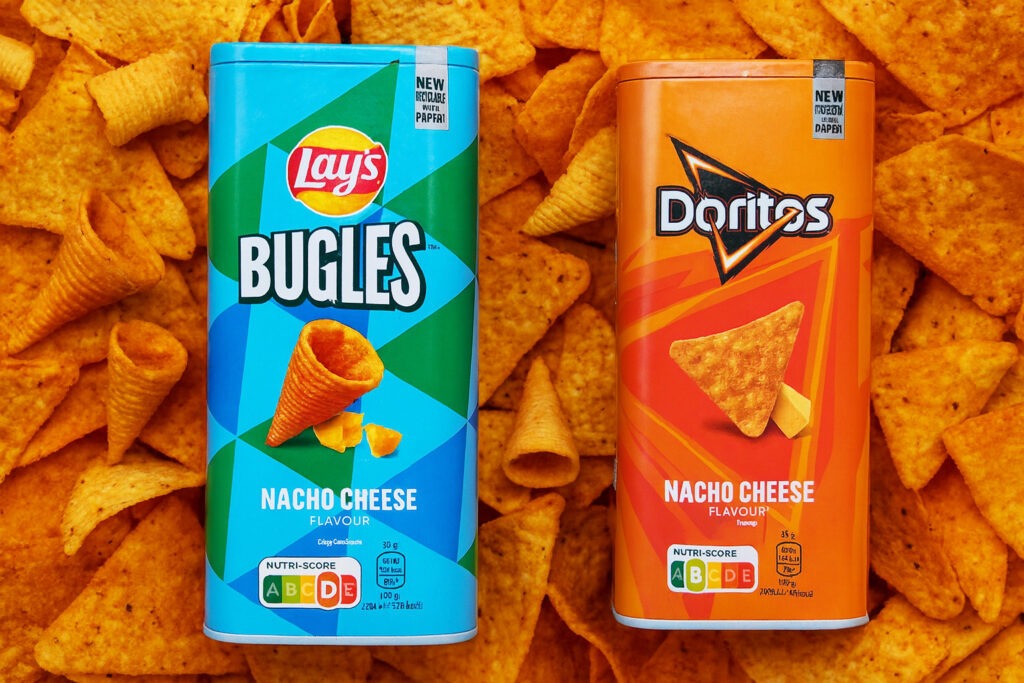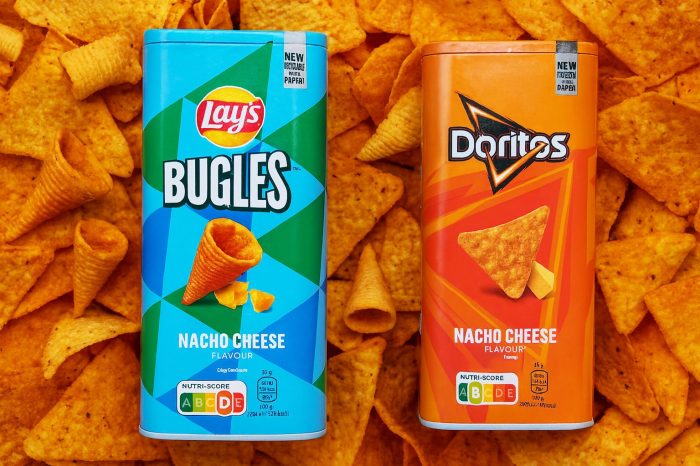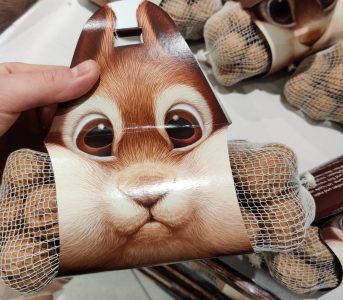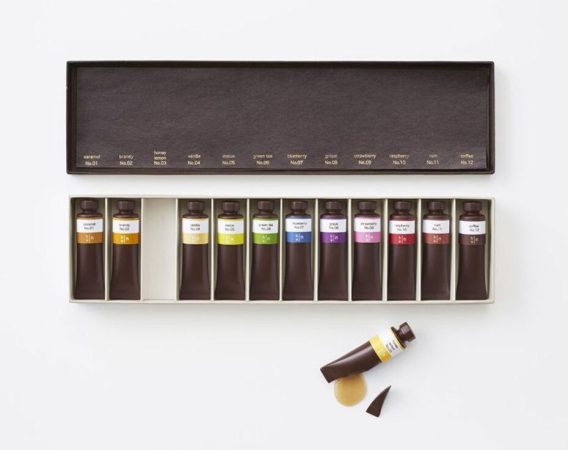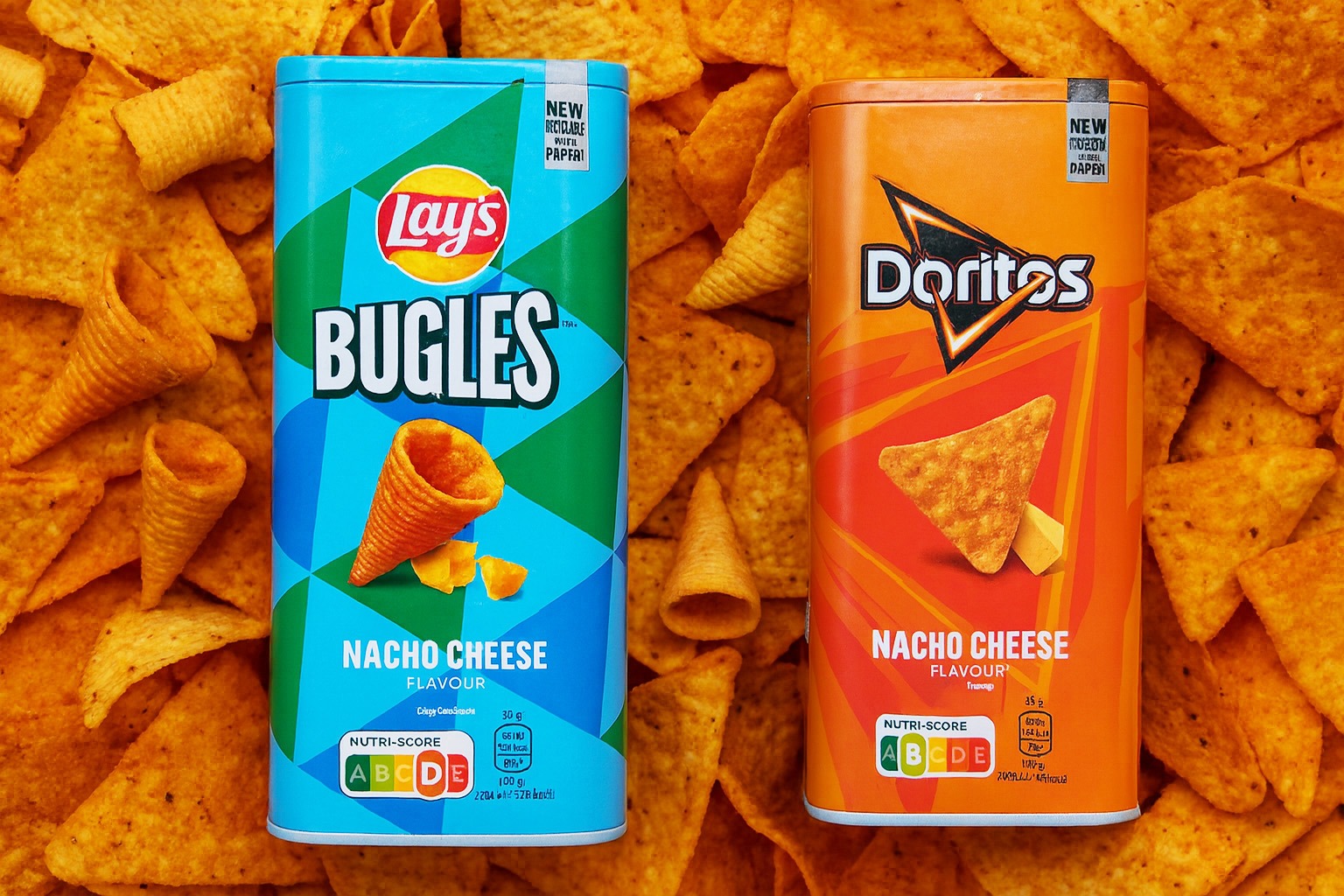About a month ago, a friend asked me in an annoying tone:
“Have you seen Lay’s new packaging? Same chips, now in a fancy box, but more expensive.”
Naturally, my curiosity was aroused. I expected to see a clever twist, a design breakthrough, or at least something worth the hype.
What did I find? “A fancy cardboard box”. That’s it. Same graphics. Same product, but just more packaging.
My initial excitement instantly turned into disappointment.
Then I said,
“So what’s the upgrade here? Oh right — more layers of cardboard.
But can we eat the cardboard? Nope.
Can we turn it into a cool hat? Maybe.
Use it as a cat house? Sure.
Worth the extra cash?”
I wasn’t alone. My friend and I came to the same conclusion:
it felt like a lazy attempt to boost margins by launching the same old product in a “premium” costume. No added value. Just added layers.
Profit Isn’t the Problem, but Lack of Value Is
In my view, it’s ok for brands chasing higher profit margins. That’s just business.
But if a brand is going to charge more, there needs to be something more, such as improved functionality, better materials, enhanced user experience, or even a compelling story that resonates with customers.
A box for the sake of looking fancy? That’s just lazy marketing. No creativity. No real effort. Just hoping the cardboard tricks potential customers into feeling “premium.”
The Real Cost of Lazy Marketing / Packaging
This kind of marketing doesn’t just miss the mark, but it creates problems:
More waste, more pollution:
Extra packaging means extra materials, which means a bigger environmental footprint. All for the same bag of chips.Brand image takes a hit:
Consumers aren’t fooled for long. When packaging feels unnecessary and overpriced, it sends a clear message: the company values profit over people, and the planet.
What Should Brands Like Lay’s Focus On?
Instead of packaging fluff, here’s where real value begins:
- Understand what your customers need and care about
Think function, convenience, sustainability, and emotional connection. - Create packaging that solves a problem or elevates the experience
Not just something that looks good on a shelf but serves a purpose once it’s in someone’s hands.
Looking for Inspiration?
Japan: Packaging Masters
Japanese design often blends function and beauty seamlessly — from resealable snack packs to portion-controlled trays. It’s thoughtful, sustainable, and delightful. Here are a few great roundups for inspiration:
Global Innovations Worth Learning From
Brands around the world are rethinking packaging in meaningful, creative ways. Here are a few standouts:
- Flat Wine Bottles – Garçon Wines
Slim, eco-friendly bottles designed to fit through mail slots and reduce shipping waste.
garconwines.com - Smart Packaging with NFC & QR Codes
Let customers scan to unlock AR experiences, authenticity verification, or reorder options.
bluebite.com - Chaos Packaging – Bold & Shareable
Products packaged in unexpected containers (like tampons in ice cream tubs) to spark curiosity and conversation.
WSJ Article - Mushroom-Based Eco Packaging – Ecovative
Fully compostable packaging grown from mycelium—a sustainable alternative to polystyrene. mushroompackaging.com - Functional + Reusable – DADA Daily
Snack packaging that doubles as table décor. Fun, functional, and unforgettable.
Architectural Digest
Final Thoughts
If a brand is going to put chips in a box, at least give us / potential buyer a reason to be impressed.
Today customers are savvy. They see through empty marketing tricks and gravitate toward brands that genuinely innovate and care. Packaging is an opportunity to stand out, connect, and lead with purpose.
Let’s not waste it on cardboard for cardboard’s sake and create more waste.
